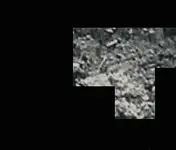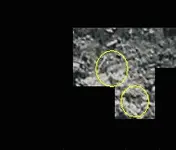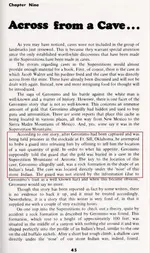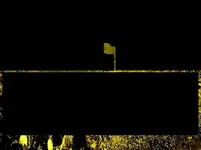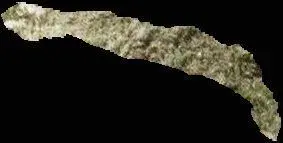The story of Santa Fe treasure has not any Peralta involved . And I wanted to show in the Estee text , how the treasure was accumulated and not what were the circumstances and the arguments around the Spaniards killing .
I believe was not the raping the argument but how one ( maybe a girl ) or more Apache had approached the cave very close and was/were killed by a trap which was in the way to the cave .
The Spaniards were masters in making traps and made some to protect the treasure . For this is the " stone trail " map , to avoid the traps . The Apache were not aware of the " trail " and to avoid the traps , they climbed down from above using a rope . Maybe some of those traps to be deactivated today due the time and elements , but even without traps , someone must to follow the " trail " to find the cave because is hidden from sight .
The Peraltas went long after , but they didn't find the treasure . They were miners and not treasure hunters .



